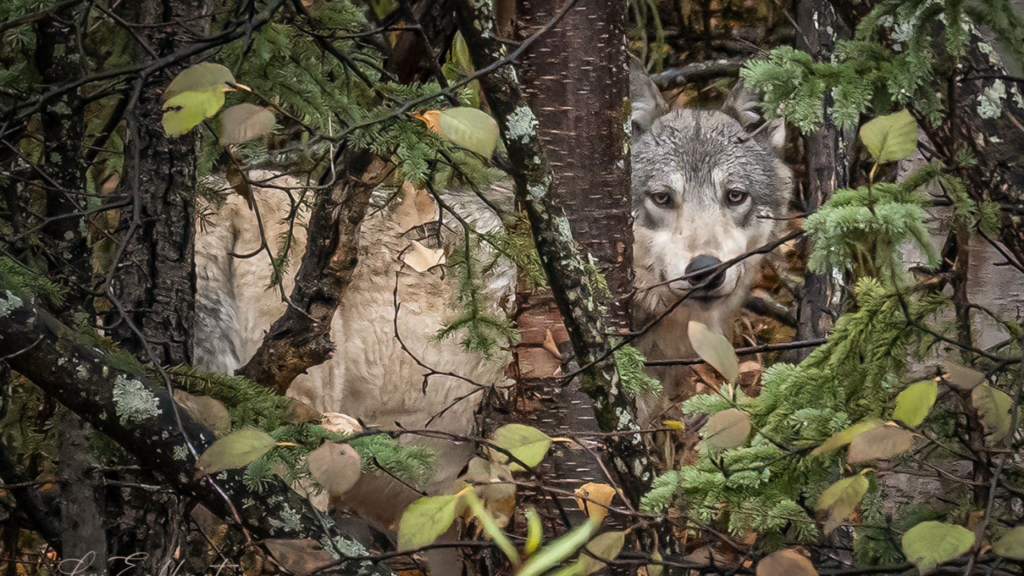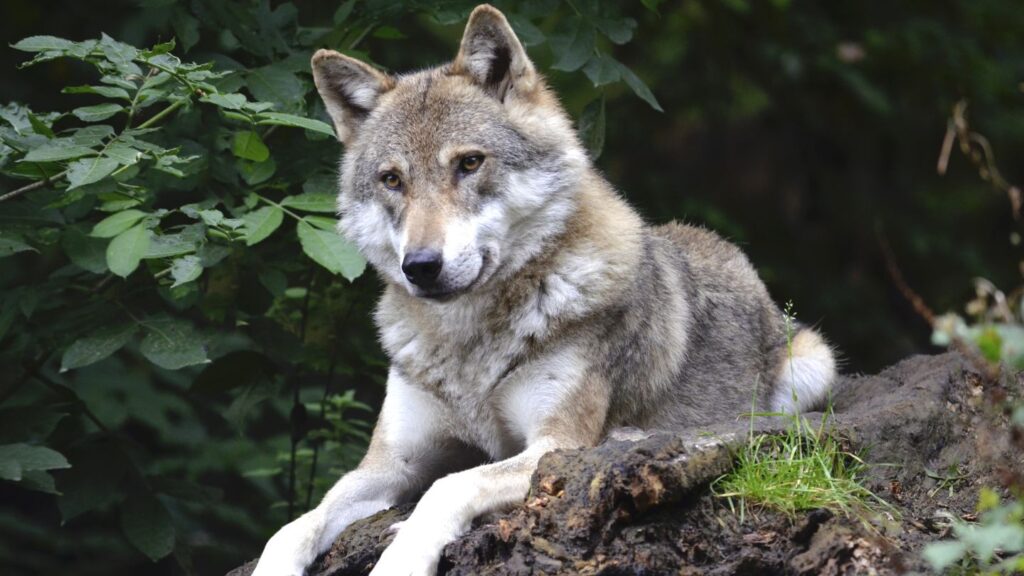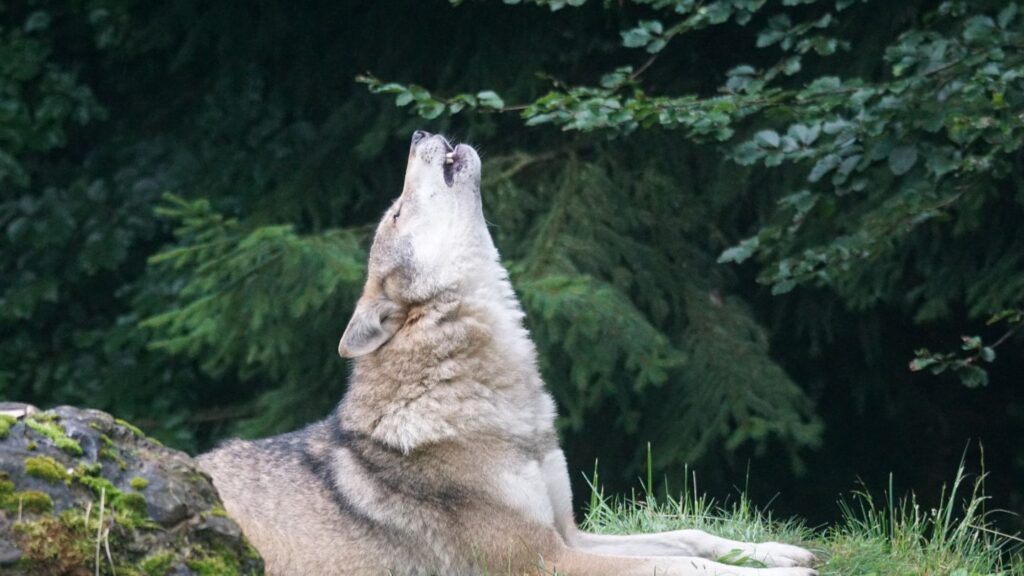
After nearly 200 years of extinction, wolves have been spotted in Utrecht again as they move up from Germany. It’s something that hasn’t been seen in many people’s lifetimes, but that also comes with its own set of problems.
Humans and wolves have been struggling to get along for centuries as people expanding into nature means they’ll share their borders with all sorts of animals, including wolves.
An essential part of our infrastructure has been and always will be livestock. Unfortunately, bolder wolves take chances and will see farms as their hunting grounds.
Growing Population

Just a year ago, the European Commission took note of the growing wolf population and made the proposal for their protection status to be downgraded from strictly protected.
There’s also the danger that wolves pose to people. The Utrecht government urged parents to watch their children and not take them out too far and into forests that were once popular and safe. But who has the right to be in the forest in the first place – wolves or people?
This growing danger towards the safety of citizens means that Utrecht officials are trying to obtain a permit from the European Commission to hunt a particular wolf.
The canine in question has been responsible for two close encounters with people and has shown “worrying” behavior. This proposal has upset many animal rights activists.
Incidents

The wolf appeared in the village of Austerlitz and knocked down a small boy. Although the boy wasn’t harmed further, this concerning behavior has gotten the attention of the province.
The following statement was given: “Assuming a wolf was involved, wolf experts say that the behavior displayed is atypical and worrying. The province takes seriously into account that it is the same wolf that was previously involved in incidents in Leusden with another girl and a dog.”
External researchers have tried proposing their own solution to these problems that do not involve having to hunt any wolves. They say that the best compromise if for citizens to be wary of the dangers of straying too far from the village.
As for livestock, the researchers say that fences should be put up to prevent wolves from attacking them. According to date, 160 sheep were killed by wolves last year alone.
Research Findings

Many feel like the reactions that the government have to solve the wolf problem are too offensive. An assistant ecologist at Utrecht University, Joris Cromsigt, stated, “We need to wise up and act before shooting becomes standard policy again.”
After doing their extensive research, the data indicates that population control, erecting fences, and even changing wolf behavior is a more suitable solution than immediately trying to reduce their population.
Farmers could also be given financial compensation if their livelihood has been affected by the wolf population. Another ecologist named Chris Smith said, “The fact that high levels of natural wildlife can help reduce the impact of wolves on farmers is not yet sufficiently understood. This calls for drastic changes in wildlife management in many areas.”
Co-existence

Another theory is that wolves are attacking livestock because there is a lack of food in the wild. Managing the local wildlife by introducing more of the wolves’ natural prey means they would be less likely to go after livestock.
Another suggestion to at least help the problem at hand is to respect the natural order of things and leave the wolves to their own devices. Humans and wolves clash a lot, but avoiding each other altogether means fewer incidents. Keeping contact to a minimum will ensure that wolves and humans can co-exist, albeit in an unstable manner.
Source:







